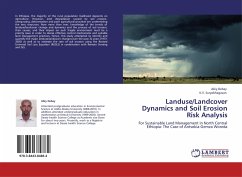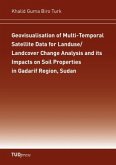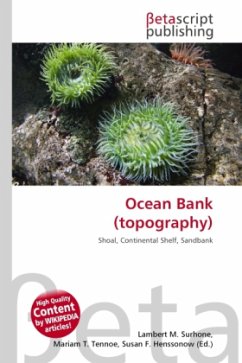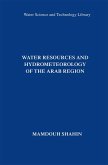Landcover mapping is an important tool for natural resource managers. The incorporation of remotely sensed data to produce landcover maps is becoming more common, as a result of lower cost and greater availability of image data. One factor that can negatively affect landcover classifications is topographic variation, particularly in mountainous areas. Four unsupervised classification methods were compared using Landsat Thematic Mapper data (TM) to test the effect of topography on landcover classification for two different landcover classification legends.
Bitte wählen Sie Ihr Anliegen aus.
Rechnungen
Retourenschein anfordern
Bestellstatus
Storno








